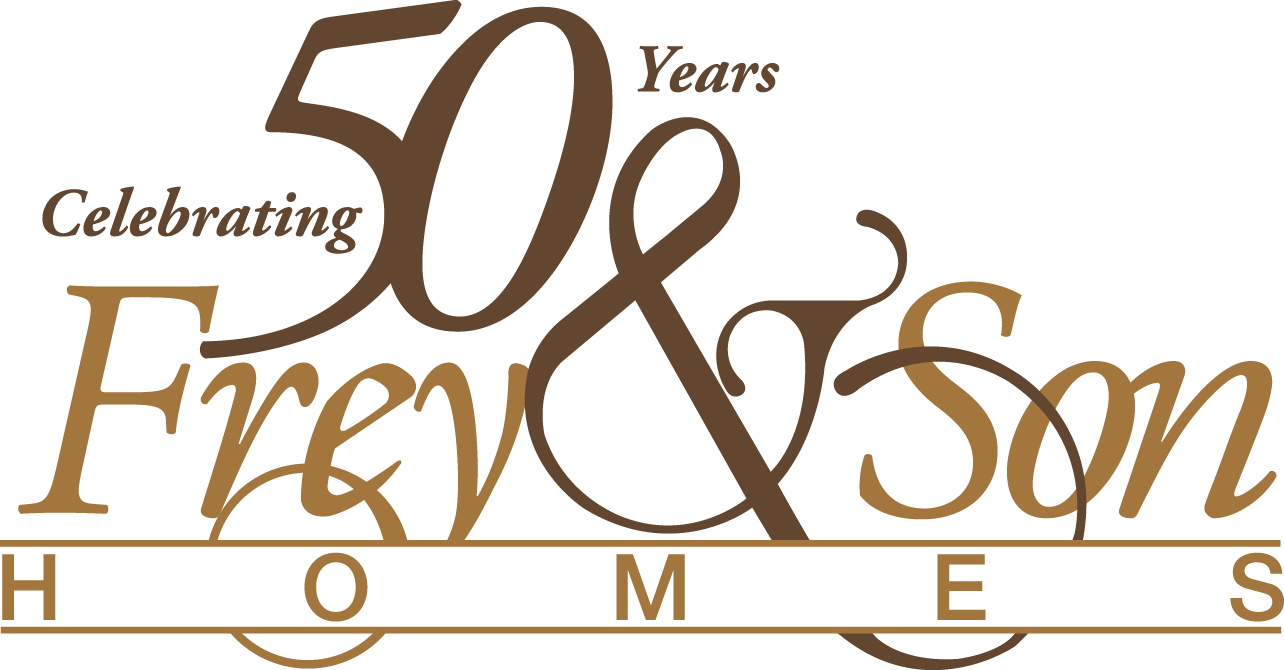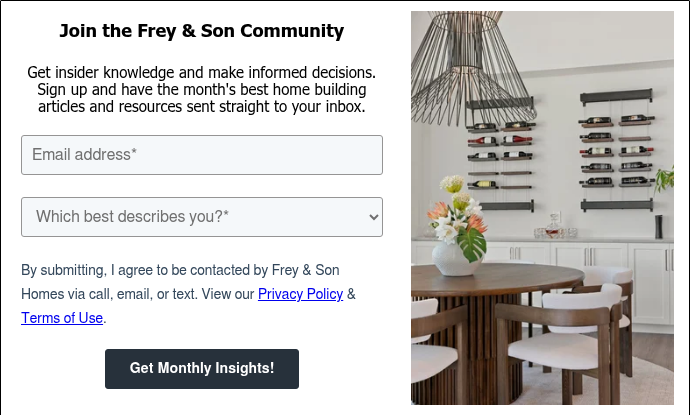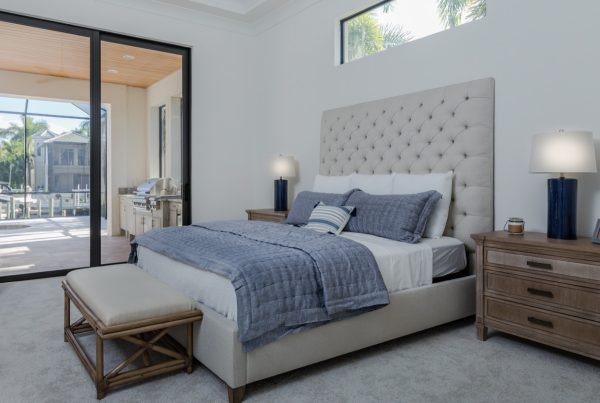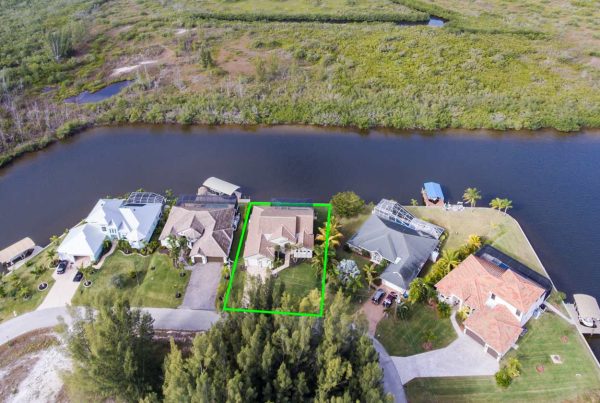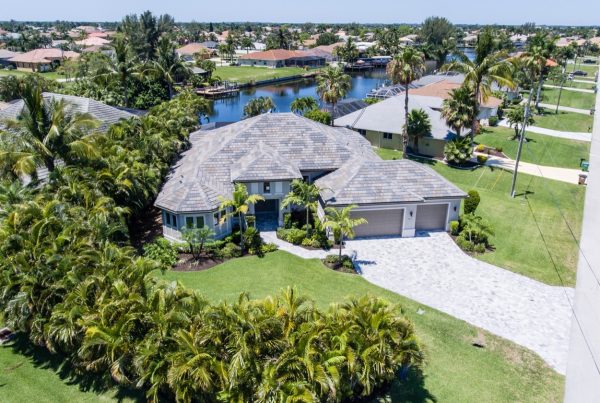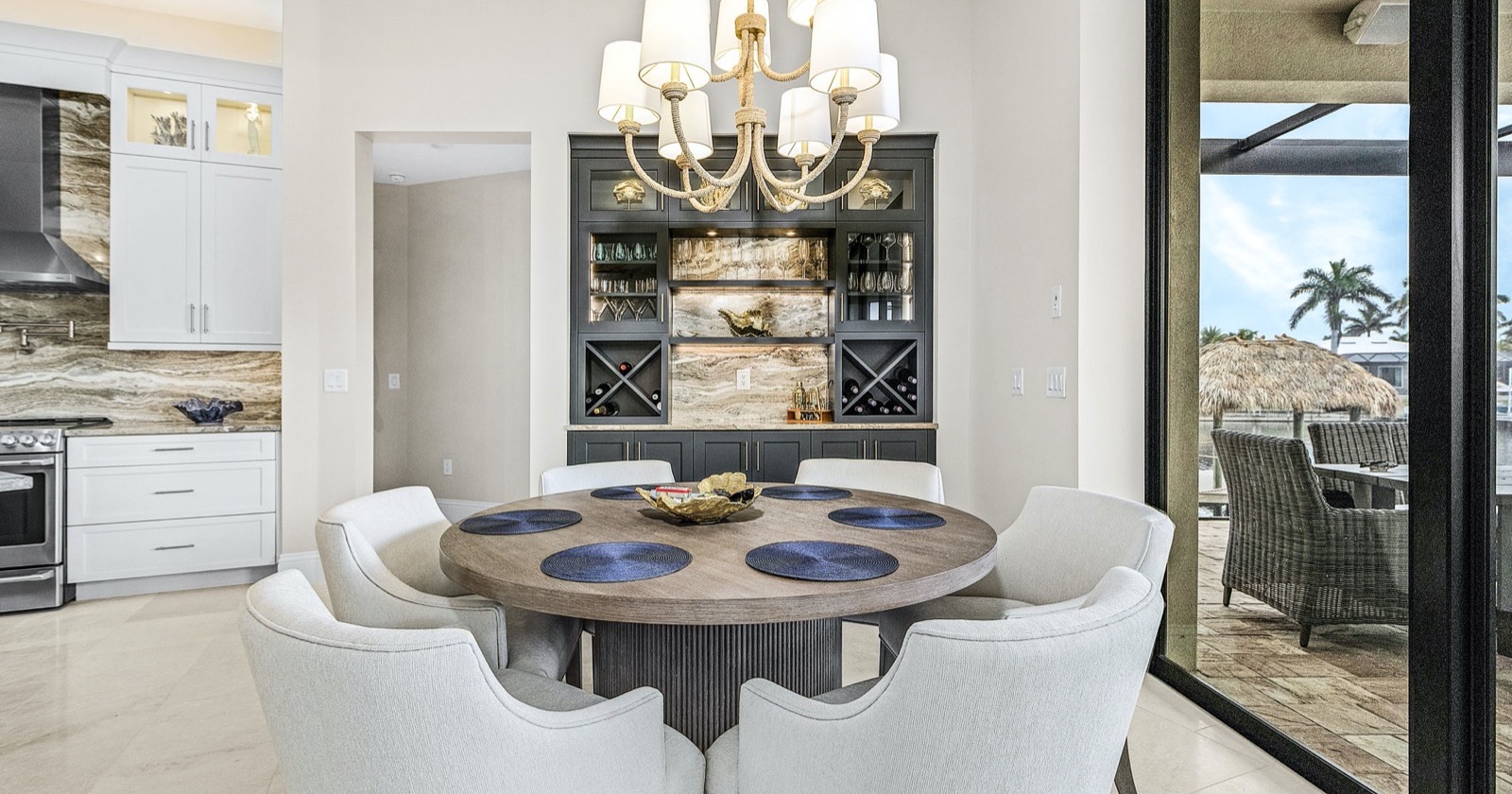
Moving from a compact condo to a spacious custom home can feel overwhelming. The fear of getting the size wrong looms large – too big feels wasteful, too small feels restrictive. But right-sizing isn’t just about the square footage. It’s about creating spaces that enhance your daily life and bring your family together. This systematic approach will help you determine the perfect size for your Southwest Florida lifestyle, ensuring your new home becomes the backdrop for treasured memories rather than a burden.
Making the Leap: From Condo Convenience to Custom Home Freedom
The transition from condo living to custom home ownership represents more than just a change in space. It’s a complete lifestyle overhaul that requires thoughtful planning.
Space Planning Reality Check
The numbers tell a compelling story. According to recent housing data, the average condo ranges from 600 to 1,200 square feet, while the average home size in Florida is 1,694 square feet. This dramatic increase can feel daunting, but the key is thinking in terms of “zones” rather than just rooms.
Your condo likely served multiple functions in each space. For example, the kitchen island doubled as a workspace, the living room transformed for entertaining, and every square foot earned its keep. Your custom home allows you to dedicate specific areas to specific purposes while maintaining that sense of efficiency you’ve grown to appreciate.
The psychological adjustment from compact living to expansive spaces takes time. Many couples find that their first instinct is to cluster furniture and daily activities in a small portion of their new home. This is perfectly natural. Your custom home should feel immediately comfortable, not like you’re rattling around in too much space.
The Southwest Florida Advantage
Here’s where Southwest Florida’s year-round climate becomes your greatest asset in right-sizing decisions. Florida’s outdoor living spaces effectively double your usable space for most of the year. According to the American Institute of Architects, outdoor living rooms have been the top growing consumer interest in specialized spaces for six consecutive years.
Covered lanais, outdoor kitchens, and pool areas become natural extensions of your home’s interior. A 2,500-square-foot home with a well-designed 800-square-foot lanai functions more like a 3,300-square-foot space. This outdoor advantage means you can often choose a smaller interior footprint while gaining more total living space than you’d have in other climates.
Custom building becomes the smart choice for maximizing Florida’s climate benefits because existing homes rarely optimize indoor-outdoor flow the way a thoughtfully designed new home can. With a little know-how, you can create amazing indoor-outdoor connections.
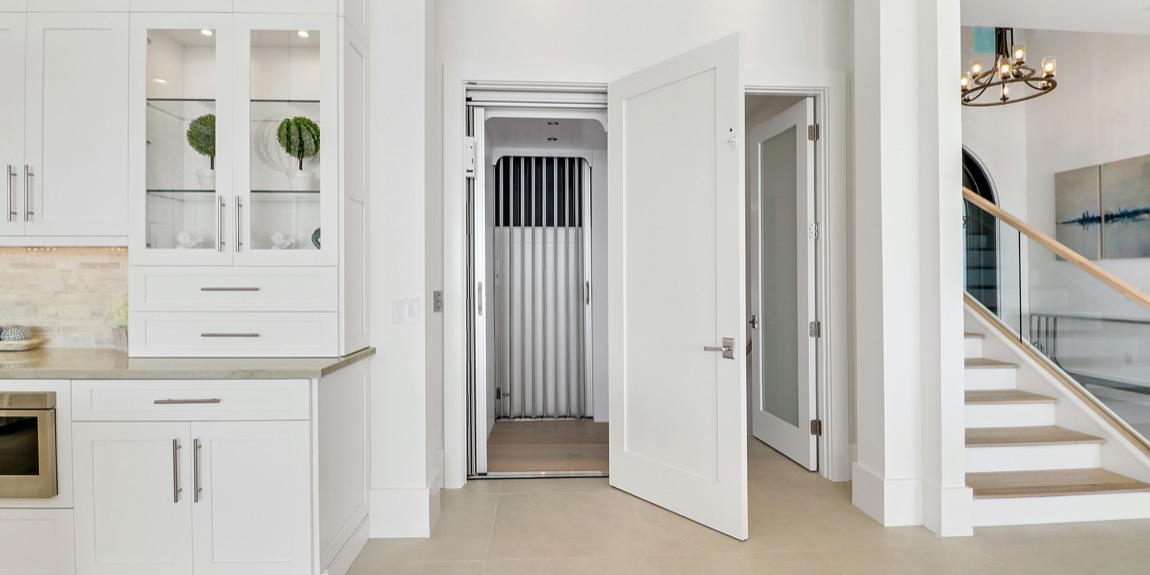
Smart Storage Solutions When Basements Aren’t an Option
Without basements, Southwest Florida homes require creative storage strategies that many couples transitioning from condo living haven’t considered.
Three-Car Garages and Beyond
The three-car garage has become the new standard for custom homes, but it’s about more than vehicles. These spaces typically measure 36′ x 24′, providing approximately 864 square feet of covered storage and workspace. For many couples, this represents more storage space than their entire previous condo.
Consider the storage potential: seasonal decorations, golf equipment, pool maintenance supplies, hurricane shutters, and even workshop space for hobbies. Many homeowners dedicate one bay specifically to storage and seasonal items. For automotive enthusiasts, car lifts can double parking capacity, creating space for both daily drivers and weekend classics, a popular feature among retirees who finally have time to enjoy their passion projects.
Strategic Interior Storage
Interior storage requires strategic planning when basements aren’t available. Walk-in pantries have evolved into command centers, often connecting kitchen and laundry areas. These spaces, typically 6′ x 8′ or larger, store everything from small appliances to cleaning supplies while keeping your kitchen counters clear.
Custom closet systems that maximize vertical space become essential. Many couples are surprised to discover they need more closet space in retirement, not less. Golf clothes, formal wear for social events, seasonal wardrobes, and the clothing collections you’ve accumulated over the years all require organized storage.
Built-in storage solutions throughout the home, such as window seats with storage, built-in entertainment centers, and under-stair storage in two-story designs, help maximize every square foot. These features often cost less to include during construction than to retrofit later, making them smart right-sizing investments.
Outdoor Storage Integration
Outdoor storage deserves as much planning as interior space. Pool equipment storage, outdoor furniture storage for hurricane season, and areas for boating equipment or water toys all require dedicated space that doesn’t compromise your home’s aesthetics.
Many homeowners incorporate attractive storage sheds or pool houses that serve dual purposes – storage and additional entertaining space. Hurricane preparation storage for shutters, generators, and emergency supplies is a practical necessity that affects right-sizing decisions in Southwest Florida.
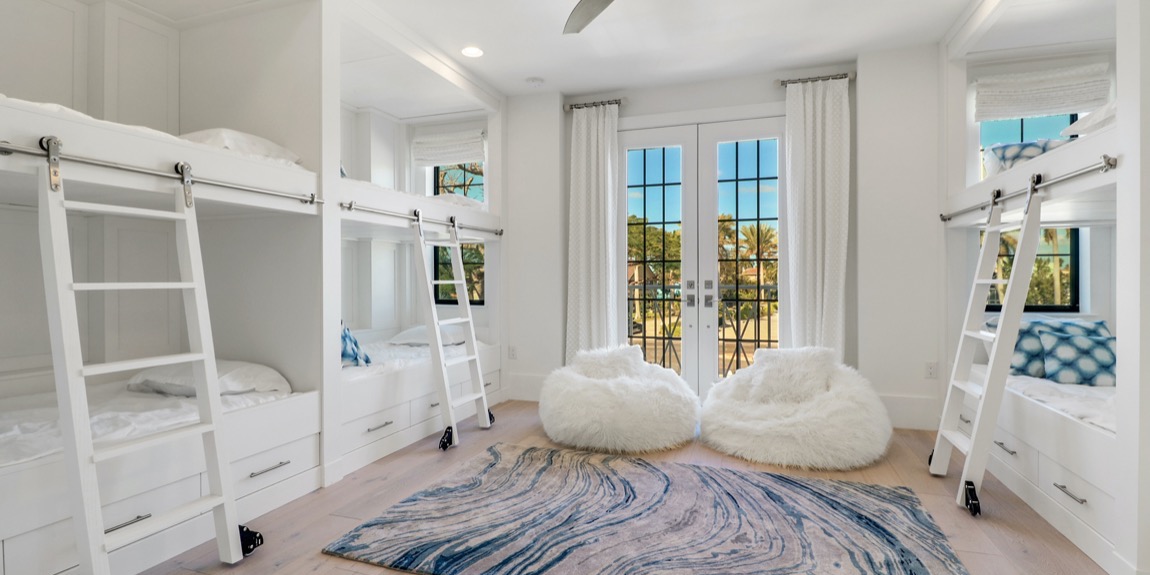
Creating Guest-Ready Spaces That Welcome Family
For many couples building their dream home, creating spaces that attract family visits ranks among their highest priorities.
The Multi-Generational Gathering Approach
Your home’s design should encourage family visits while maintaining your daily comfort. This means thinking beyond basic guest accommodations to create spaces where multiple generations can gather comfortably. According to recent surveys, legacy building and creating spaces that attract family visits are primary motivations for luxury retirees.
Design considerations include creating separate gathering areas – perhaps a more formal living room for adult conversations and a casual family room where grandchildren can play. Open floor plans facilitate family interaction while dedicated quiet spaces provide retreat options when needed.
Strategic furniture planning matters too. Islands that seat six, dining tables that expand for family gatherings, and multiple seating areas prevent overcrowding during visits. Your right-sizing decisions should account for your family’s gathering patterns – intimate dinners for four versus holiday celebrations for twelve require different spatial planning.
Strategic Guest Bedroom Planning
En suite bathrooms for guest rooms aren’t luxury features; they’re practical necessities for comfortable extended visits. Guest rooms should accommodate king-size beds and proper furniture, requiring at least 12′ x 12′ dimensions for comfort. Location within the home affects both guest privacy and your daily routine.
Many couples find dual-purpose guest rooms more practical than dedicated spaces that sit empty most of the year. A guest room that doubles as an office, hobby room, or fitness space maximizes your investment while staying prepared for family visits. Consider positioning guest rooms with their own exterior access to covered lanai areas, creating suite-like privacy for extended stays.

Future-Focused Design: Building for Tomorrow’s Needs
Right-sizing means planning not just for today’s lifestyle, but for how your needs might evolve over the next 20-30 years. This includes things like aging in place, technology needs, and more.
Statistics reveal that 77% of adults 50 and older want to remain in their homes for the long term, making aging-in-place features essential right-sizing considerations. However, only 40% of U.S. homes currently have basic aging-ready features like step-free entryways and first-floor bedrooms and bathrooms.
Single-story living offers obvious advantages, but first-floor owner’s suites in two-story homes provide similar benefits. Wide doorways (36″ minimum), hallways that accommodate mobility aids, and curbless showers aren’t just accessibility features, they’re practical design elements that benefit everyone.
Consider incorporating grab bar preparation in bathrooms during construction. Pre-drilling and blocking costs little upfront but saves thousands in future modifications. It costs on average 22% more to retrofit a home for accessibility than designing for it upfront.
Elevator-ready designs in two-story homes involve planning shaft space and electrical rough-in during construction. This forward-thinking approach costs minimal upfront investment while preserving future options.
Now, let’s take a look at technology integration that grows with you.
Home automation has evolved from luxury to practical necessity, with 69.91 million U.S. households actively using smart home devices in 2024—a 175% increase from 2019. For right-sizing purposes, technology can actually reduce the physical demands of maintaining a larger home.
Smart lighting systems allow you to control entire home lighting schemes from a single location. Whole-house music systems create ambiance throughout your living spaces without requiring separate stereo systems in each room. These systems are particularly valuable in larger homes where walking to each room to adjust settings becomes impractical.
Smart home technology statistics show the market will exceed $75 billion by 2026, indicating this technology will only become more integral to home living. Generator-ready electrical systems provide peace of mind during storm season while maintaining your home’s smart systems during power outages.
Pre-wiring for future technology upgrades costs significantly less during construction than retrofitting. Consider your current comfort level with technology alongside your willingness to adapt to new conveniences over time.
Adaptable Spaces for Changing Needs
Bonus rooms represent the ultimate right-sizing flexibility. These spaces can evolve from office to exercise room to craft space as your interests and needs change. The key is ensuring adequate electrical, lighting, and climate control to support various uses.
Flexible floor plans accommodate furniture rearrangement as mobility needs change. Open concepts with minimal load-bearing walls provide maximum adaptability. Consider how spaces might be reconfigured if one area becomes difficult to access – can your living patterns shift to other parts of the home?
Design elements that accommodate changing mobility needs include lever-style door handles, rocker light switches, and comfort-height toilets. These features enhance daily convenience while preparing for potential future needs.
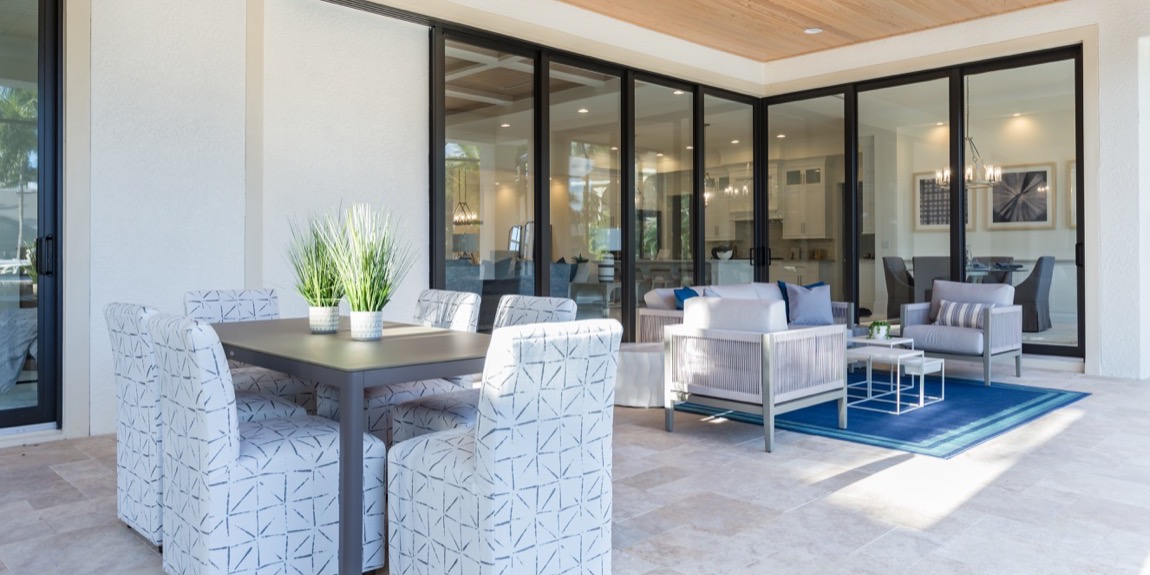
The Frey & Son Approach to Right-Sizing
With over 50 years of experience in Southwest Florida, Frey & Son understands that right-sizing isn’t about maximizing square footage; it’s about optimizing your daily living experience.
Our partnership approach means working together to understand how you actually live, not just how much space you think you need. This process often reveals surprising insights about space usage and priorities. Many couples discover they need more outdoor living space and less formal interior space than they initially imagined!
Frey & Son’s willingness to modify floor plans and accommodate special requests sets us apart from builders who offer limited customization options. Our Six-Step Homebuilding Milestone Quality Assurance Program ensures every detail serves your specific lifestyle, from storage solutions to traffic flow patterns.
Unlike builders focused on maximizing profit per square foot, Frey & Son prioritizes long-term homeowner satisfaction. This relationship-focused approach means receiving honest guidance about right-sizing decisions, even when it might mean recommending a smaller home than originally planned.
Your Right-Sized Dream Awaits
Right-sizing your dream home is about creating the perfect backdrop for your family’s next chapter. The right home size supports your lifestyle without overwhelming it, provides space for the activities and relationships you value most, and adapts to your changing needs over time.
Your Southwest Florida custom home should feel like a natural extension of how you want to live – with space for entertaining family, storage for your accumulated treasures, and designs that anticipate your future needs. When sized correctly, your home enhances every day rather than demanding daily maintenance.
The difference between a house and a home lies in how well the space serves your unique lifestyle. Right-sizing ensures your investment creates joy, not burden.
